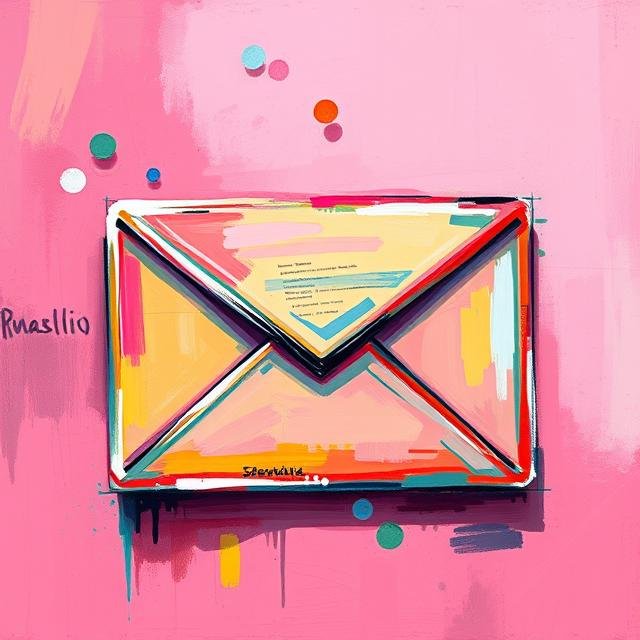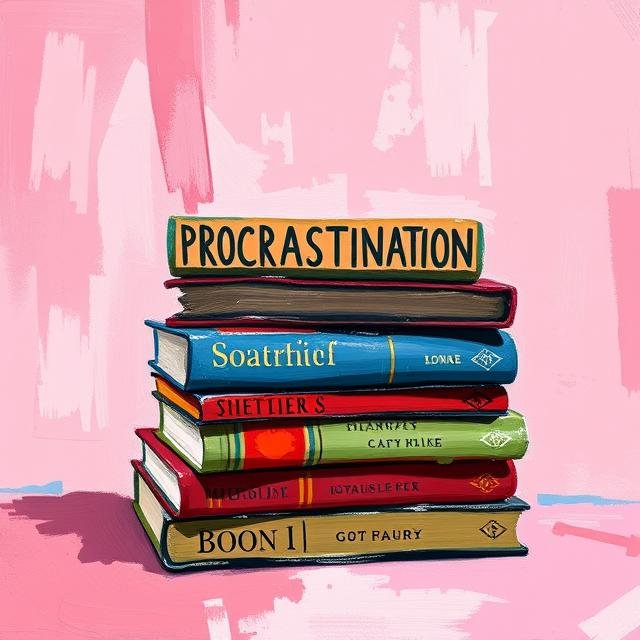Creating great content is one thing, but ensuring it reaches the right people at the right time is what truly drives marketing success. This is where a solid funnel content strategy comes into play. By understanding the different stages of your marketing funnel and tailoring your content for each, you can effectively guide potential customers from initial awareness to loyal advocacy. This guide will provide you with a treasure trove of content ideas for funnel stages, helping you build a content marketing plan that truly resonates and converts in 2025.
- Understanding the Marketing Funnel: A Quick Recap
- Why Tailoring Content for Funnel Stages is Crucial
- Top of Funnel (TOFU) Content: Attracting and Educating Your Audience
- Middle of Funnel (MOFU) Content: Nurturing Leads and Building Trust
- Bottom of Funnel (BOFU) Content: Driving Conversions and Closing Sales
- Mapping Your Content to Buyer Personas Across Funnel Stages
- Content Distribution: Getting Your Funnel Content Seen
- Repurposing Content for Different Funnel Stages and Platforms
- Measuring the Success of Your Funnel Content Strategy
- Aligning Your Content with User Intent Throughout the Funnel
- Quick Guide: Content Ideas for Funnel Stages
- Final Thoughts: Power Up Your Marketing with a Smart Funnel Content Strategy
- FAQs: Content for Your Marketing Funnel
- References
Understanding the Marketing Funnel: A Quick Recap
Before we dive into content ideas, let’s quickly revisit the marketing funnel. It’s a model that visualizes the customer journey with your brand, typically broken down into three main phases:
- Top of Funnel (TOFU) – Awareness: Prospects become aware of a problem or need and discover your brand as a potential resource.
- Middle of Funnel (MOFU) – Consideration/Evaluation: Leads are researching solutions and evaluating their options, including yours.
- Bottom of Funnel (BOFU) – Decision/Action: Highly qualified leads are ready to make a purchase and choose a specific solution.
A successful funnel content strategy involves creating specific types of content tailored to the mindset and needs of prospects at each of these stages.
Why Tailoring Content for Funnel Stages is Crucial
Imagine trying to sell a complex software solution to someone who doesn’t even realize they have a problem it solves – it wouldn’t work very well, right? Matching content to user intent at each stage is vital because:
- It builds trust and credibility.
- It addresses the specific questions and concerns prospects have at that point.
- It gently guides them to the next stage without being pushy.
- It maximizes your content marketing ROI by delivering relevance.
- It helps in effective lead generation and nurturing.
Top of Funnel (TOFU) Content: Attracting and Educating Your Audience
At the TOFU or awareness stage, your goal is to attract a broad audience by providing valuable, educational content that addresses their pain points or questions, often before they even know your specific solution exists. This is where you focus on TOFU content creation to build brand visibility.
Goals of TOFU Content:
- Generate brand awareness.
- Attract new website visitors and potential leads.
- Educate your audience on topics related to your industry.
- Position your brand as a helpful authority.
Awesome TOFU Content Ideas:
- Blog Posts & Articles: “How-to” guides, informational articles, industry news, thought leadership pieces (e.g., “5 Common Mistakes in X and How to Avoid Them”).
- Infographics: Visually appealing summaries of data, statistics, or complex information.
- Social Media Posts: Engaging updates, questions, short videos, links to your blog content.
- Videos (Educational/Entertaining): Short explainer videos, industry insights, or even entertaining content related to your niche.
- Podcasts: Sharing expertise, interviewing guests, discussing relevant topics.
- Free Checklists or Tip Sheets: Simple, downloadable resources offering quick value.
- Quizzes or Polls: Interactive content that can engage and educate.
Middle of Funnel (MOFU) Content: Nurturing Leads and Building Trust
Once prospects are aware of their problem and your brand, MOFU content aims to nurture these leads, build deeper trust, and help them evaluate potential solutions. These are solution-focused marketing materials.
Goals of MOFU Content:
- Educate leads further about potential solutions.
- Position your offering as a strong contender.
- Build credibility and trust.
- Capture lead information (e.g., email addresses).
- Nurture leads further down the funnel.
Effective MOFU Content Examples:
- Ebooks and Whitepapers: In-depth guides, research reports, or detailed explorations of solutions.
- Case Studies: Showcasing how your product/service has helped similar customers achieve success.
- Webinars and Workshops: Live or on-demand sessions offering valuable training or insights related to your solution area.
- Comparison Guides/Sheets: Objectively comparing features, benefits, and pricing of different solutions (including yours).
- Email Sequences/Newsletters: Delivering targeted, valuable content over time to nurture leads.
- Templates and Worksheets: Practical tools that help prospects apply what they’re learning.
- Free Tools or Resource Libraries: Offering more substantial free resources in exchange for contact information.
Bottom of Funnel (BOFU) Content: Driving Conversions and Closing Sales
At the BOFU or decision stage, your leads are highly qualified and ready to make a purchase. Your BOFU content types need to give them the final push and make it easy for them to choose you. This is where you focus on conversion content.
Goals of BOFU Content:
- Convince leads that your solution is the best choice for them.
- Overcome final objections or hesitations.
- Make the purchase process clear and easy.
- Convert leads into paying customers.
Powerful BOFU Content Ideas:
- Product Demos (Live or Recorded): Showcasing your product in action and how it solves their specific needs.
- Free Trials or Samples: Allowing prospects to experience your product/service firsthand.
- Testimonials and Customer Reviews: Powerful social proof that builds final trust.
- Detailed Pricing Pages: Clear, transparent, and easy-to-understand pricing.
- Consultations or Strategy Sessions: Offering personalized advice and an opportunity to close the sale.
- Special Offers, Discounts, or Bundles: Creating a sense of urgency or added value.
- Implementation Guides or Onboarding Materials: Showing how easy it is to get started with your solution (can also be post-purchase, but helps in decision-making).
- FAQs Specifically About Buying: Addressing last-minute questions related to purchase, support, and guarantees.
Mapping Your Content to Buyer Personas Across Funnel Stages
Understanding your buyer personas is crucial for creating effective content for funnel stages. Different personas may have different questions and needs at each stage, so tailor your content accordingly.
Why Personas Matter for Your Funnel Content Strategy
- Helps you create highly relevant and targeted content.
- Ensures your messaging resonates with the right audience.
- Guides your choice of content formats and distribution channels.
Content Distribution: Getting Your Funnel Content Seen
Creating great content is only half the battle. You also need an effective content distribution plan.
- TOFU: SEO, social media, guest blogging, PR.
- MOFU: Email marketing, retargeting ads, gated content on your website.
- BOFU: Targeted email offers, sales team outreach, clear CTAs on product pages.
Repurposing Content for Different Funnel Stages and Platforms
Don’t let good content go to waste! Repurposing content is a smart way to maximize its reach and impact.
- A long blog post (TOFU) can be turned into an infographic (TOFU/MOFU), a series of social media posts (TOFU), or a section in an ebook (MOFU).
- A webinar (MOFU) can be broken down into short video clips (TOFU/MOFU), a blog post summary (TOFU), or a detailed case study (MOFU/BOFU).
Measuring the Success of Your Funnel Content Strategy
Track key metrics at each stage to understand what’s working:
- TOFU Metrics: Website traffic, new visitors, social reach, bounce rate.
- MOFU Metrics: Lead magnet downloads, webinar sign-ups, email CTRs, time on page for solution content.
- BOFU Metrics: Demo requests, trial sign-ups, conversion rates, sales.
Aligning Your Content with User Intent Throughout the Funnel
User intent (what someone is trying to achieve when they search or consume content) changes as they move through the funnel.
- TOFU Intent: Informational (“What is X?”, “How do I solve Y problem?”)
- MOFU Intent: Navigational/Commercial Investigation (“Best solutions for Y,” “Compare X vs. Z”)
- BOFU Intent: Transactional (“Buy X product,” “X product demo,” “X pricing”) Ensure your content alignment with funnel stages also matches this evolving user intent.
Quick Guide: Content Ideas for Funnel Stages
| Funnel Stage | Primary Goal | Content Examples | User Intent Focus |
|---|---|---|---|
| TOFU (Awareness) | Attract, Educate, Build Reach | Blog Posts, Infographics, Social Media, Videos, Podcasts | Informational |
| MOFU (Consideration) | Nurture Leads, Build Trust | Ebooks, Case Studies, Webinars, Comparison Guides, Email Series | Solution-Aware, Evaluation |
| BOFU (Decision) | Convert to Customer, Close Sale | Demos, Free Trials, Testimonials, Pricing, Consultations | Transactional, Purchase |
Final Thoughts: Power Up Your Marketing with a Smart Funnel Content Strategy
Developing a comprehensive funnel content strategy is an ongoing process of creation, distribution, analysis, and refinement. By consistently providing valuable content for funnel stages, tailored to the specific needs and intent of your audience, you can build strong relationships, guide prospects effectively, and ultimately drive significant growth for your business. Start mapping your content today!
FAQs: Content for Your Marketing Funnel
What is the main purpose of having a funnel content strategy?
What kind of content is best for the Top of Funnel (TOFU)?
How does content change for the Middle of Funnel (MOFU)?
What content types are most effective at the Bottom of Funnel (BOFU) for conversion?
How do buyer personas help in creating content for funnel stages?
References
- HubSpot Blog. (n.d.). How to Create a Content Marketing Funnel That Converts.
https://blog.hubspot.com/marketing/content-marketing-funnel - Semrush Blog. (n.d.). Marketing Funnel Stages and Content Ideas for Each.
https://www.semrush.com/blog/marketing-funnel-stages/ - Content Marketing Institute. (n.d.). Map Your Content to the Buyer’s Journey (The Funnel is Out).
https://contentmarketinginstitute.com/articles/content-marketing-funnel
(Note: While some argue the funnel is “out,” the concept of matching content to journey stages remains crucial). - Neil Patel. (n.d.). The Definitive Guide to Marketing Funnels (And How They Work).
https://neilpatel.com/blog/marketing-funnels-work/ - DigitalMarketer. (n.d.). The Customer Value Journey: How to Create a Predictable Flow of Customers.
https://www.digitalmarketer.com/digital-marketing/customer-value-journey/










